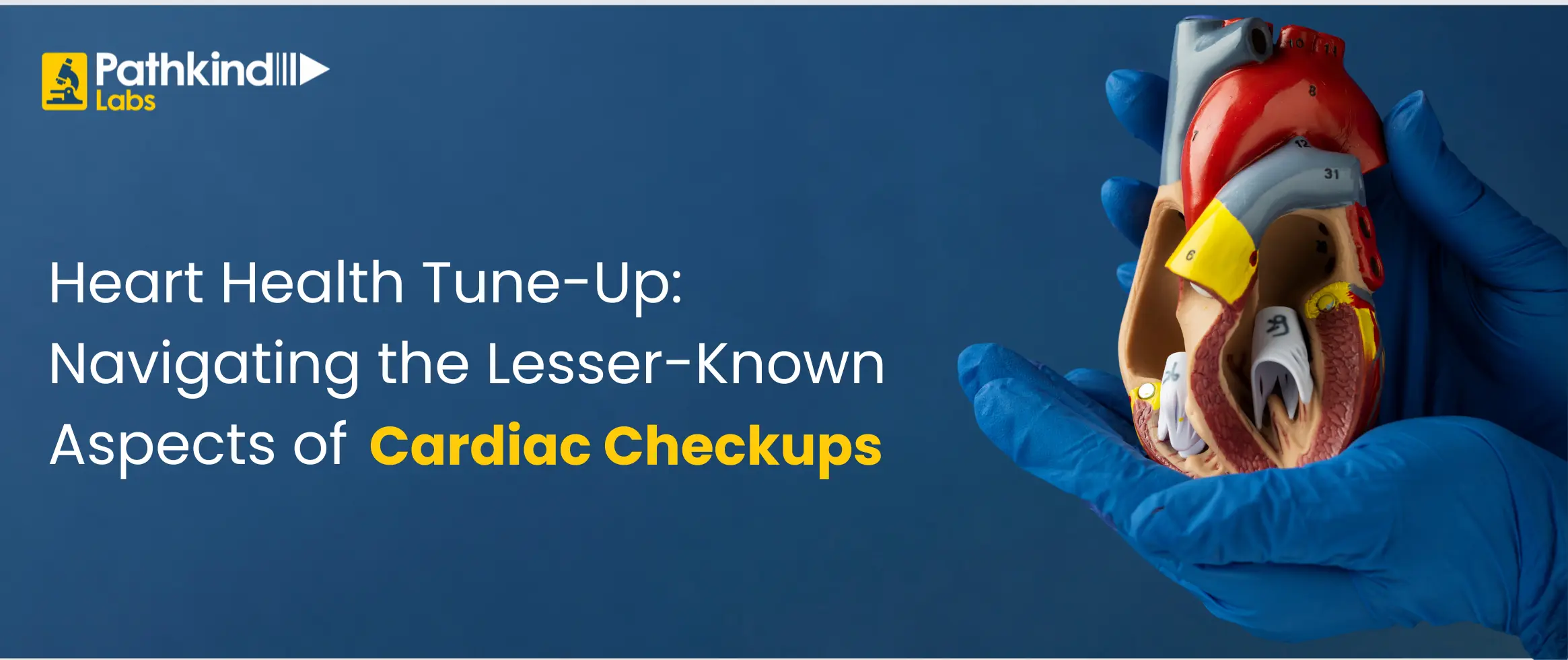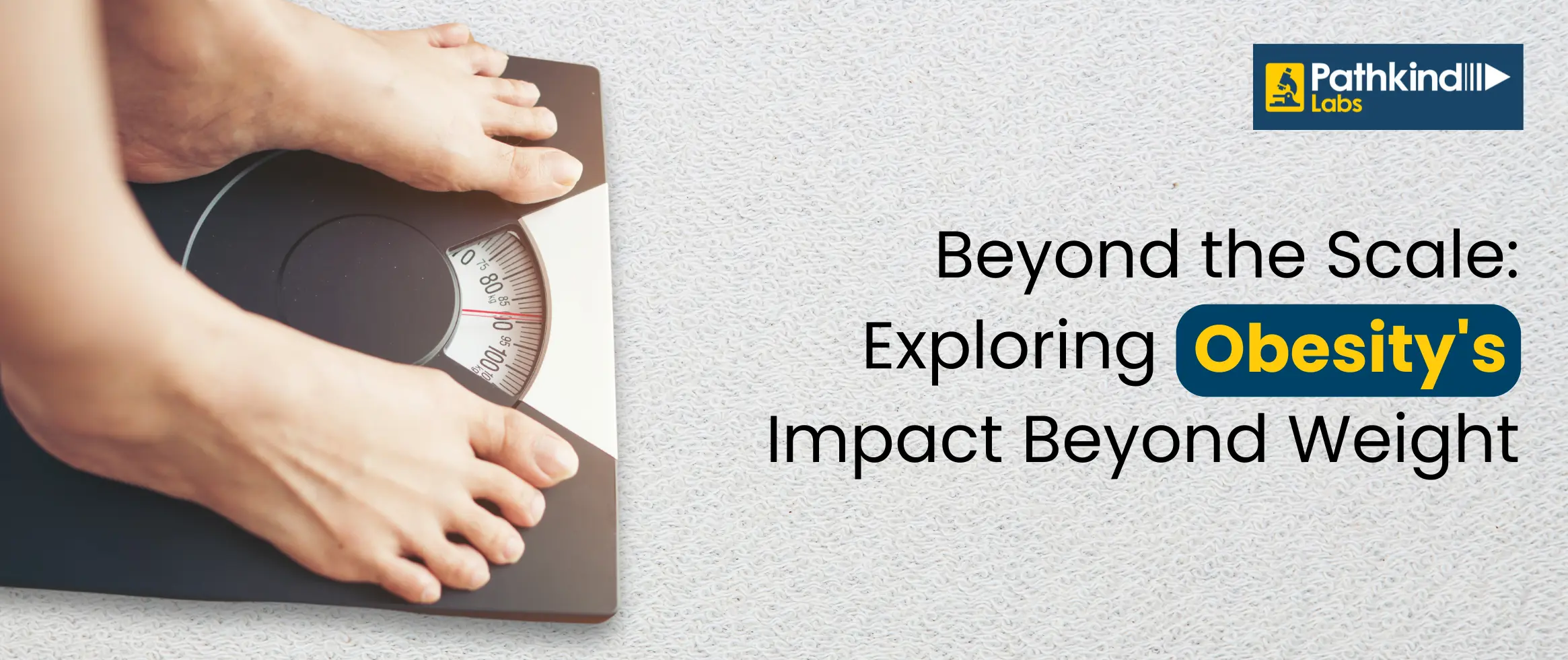


Enter your mobile no. An OTP will be sent to this no.
By continuing, you agree to Pathkind’s Terms of Use and Privacy Policy.
IntroductionEvery person has a different mindset and different body ty

Do you witness your child clutching their stomach and complaining abou

Sex drive or sexual desire is referred to as libido, and it differs no

Modern-day remote work has made many people switch from traditional of

One of the most common sexual dysfunctions affecting men globally is p

Introduction:Come summers and everyone wants to head out for picnics,

Cardiac checkups are not only necessary for detecting heart issues, bu

Obesity is not just about carrying extra weight; the condition can ser

HIV stands for human immunodeficiency virus. It is a virus that attack









